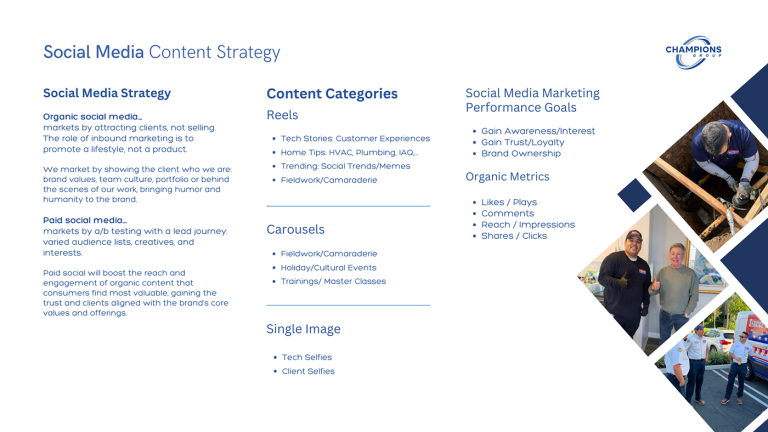
In an era where information is more abundant than ever, the way we find, organize, and access it has evolved dramatically. The future of web indexing is not just about improving search engines—it’s about redefining how data is stored, retrieved, and understood. From traditional databases to advanced graph structures and the growing influence of artificial intelligence, the landscape of web indexing is undergoing a transformation that will shape the digital world for years to come.
This article explores the key trends, technologies, and strategies that are set to redefine web indexing in the coming decade. Whether you’re a developer, SEO professional, or simply curious about the future of the internet, this guide provides a comprehensive look at what’s next.
What Is Web Indexing and Why It Matters
Web indexing refers to the process of organizing and cataloging data on the internet so that it can be efficiently searched and retrieved. At its core, it involves creating a structured representation of content—whether it’s text, images, videos, or interactive elements—that allows search engines and other systems to quickly locate and present relevant results.
Historically, web indexing relied heavily on databases, which stored information in tabular formats. However, as the web has grown more complex, with dynamic content, interconnected data, and real-time updates, traditional indexing methods have struggled to keep up. This has led to the rise of alternative approaches such as graph databases and AI-driven indexing systems, each offering unique advantages in different contexts.
Understanding the future of web indexing is crucial because it directly impacts how users interact with the web. As search engines become more intelligent and data becomes more interconnected, the ability to index and retrieve information accurately and efficiently will determine the success of websites, applications, and even entire industries.
How Web Indexing Impacts SEO Performance
For SEO professionals, the evolution of web indexing has significant implications. Traditional keyword-based optimization is no longer sufficient—search engines now prioritize relevance, context, and user intent. This shift has made it essential to understand how modern indexing systems work and how they affect visibility in search results.
One of the most notable changes is the increasing use of graph databases. Unlike traditional relational databases, which store data in rows and columns, graph databases represent data as nodes and edges, capturing relationships between entities. This makes them ideal for handling complex, interconnected data such as social networks, recommendation systems, and knowledge graphs.
Another major development is the integration of artificial intelligence (AI) into indexing processes. AI-powered systems can analyze vast amounts of data, identify patterns, and make predictions about user behavior. This not only improves the accuracy of search results but also enables personalized experiences tailored to individual users.
Moreover, structured data and schema markup have become critical for effective indexing. By providing explicit metadata about content, website owners can help search engines better understand and categorize their pages. This is especially important for rich snippets, featured snippets, and voice search optimization.
Step-by-Step Implementation Framework
To prepare for the future of web indexing, consider the following steps:
-
Define or Audit the Current Situation
Begin by assessing your current indexing strategy. Are you using traditional databases, graph structures, or a combination? Evaluate your site’s performance in terms of crawlability, load speed, and user engagement. Tools like Google Search Console and Screaming Frog can provide valuable insights. -
Apply Tools, Methods, or Tactics
Implement structured data and schema markup to improve how search engines interpret your content. Consider adopting graph databases if your data is highly interconnected. Use AI tools like SurferSEO or Ahrefs to optimize content for semantic relevance and user intent. -
Measure, Analyze, and Optimize
Track key metrics such as organic traffic, bounce rate, and dwell time. Use analytics platforms like Google Analytics and SEMrush to monitor performance over time. Continuously refine your approach based on data-driven insights.
Real or Hypothetical Case Study
Consider a hypothetical e-commerce platform that sells fashion products. Traditionally, the site used a relational database to store product details, customer reviews, and inventory. However, as the business grew, the team noticed that search results were often inaccurate, and customers struggled to find related items.
To address this, the team transitioned to a graph database, allowing them to map relationships between products, brands, and customer preferences. They also integrated AI-driven indexing to analyze user behavior and personalize search results. The result was a 40% increase in search-related conversions and a 25% improvement in average session duration.
This case study highlights the power of modern indexing techniques in enhancing user experience and driving business growth.
Tools and Techniques for Web Indexing
Several tools and techniques are essential for effective web indexing:
- Google Search Console: Provides insights into how Google indexes your site and identifies technical issues.
- Screaming Frog: A powerful tool for crawling and analyzing website structure.
- NebulaGraph: A distributed graph database that supports efficient indexing of interconnected data.
- Schema.org: A collaborative, community activity that maintains a collection of schemas for structured data.
- SurferSEO: An AI-powered content optimization tool that helps improve search engine visibility.
- Ahrefs: Offers in-depth analysis of backlinks, keywords, and competitor strategies.
These tools can help you implement and refine your indexing strategy, ensuring that your content is both discoverable and relevant.
Future Trends and AI Implications
Looking ahead, several trends are poised to reshape web indexing:
- Real-Time Indexing: As content is created and updated faster than ever, search engines may adopt real-time indexing to ensure the latest information is always available.
- Voice and Multimodal Search: With the rise of voice assistants and augmented reality, indexing will need to account for natural language queries and multimedia content.
- AI-Driven Personalization: Search engines will increasingly rely on AI to deliver personalized results based on user behavior, location, and preferences.
- Decentralized Indexing: Blockchain technology could enable decentralized indexing systems that offer greater transparency and security.
As these trends unfold, the role of AI in web indexing will become even more prominent. From automated content classification to predictive search, AI will play a central role in making the web more accessible and efficient.
Key Takeaways
- Web indexing is evolving from traditional databases to graph structures and AI-driven systems.
- Structured data and schema markup are essential for improving search engine understanding of content.
- AI is transforming how data is analyzed, categorized, and retrieved.
- Real-time indexing and multimodal search will become increasingly important in the future.
- Staying ahead requires continuous learning and adaptation to new technologies and best practices.
As the web continues to grow and change, the future of indexing will be shaped by innovation, collaboration, and a commitment to delivering value to users. By embracing these changes, you can ensure your content remains visible, relevant, and impactful in the years to come.
Meta Title: What Is the Future of Web Indexing? (Databases, Graphs, and AI Explained)
Meta Description: Discover how web indexing is evolving with databases, graph structures, and AI. Learn the future of search and SEO.
SEO Tags (5): web indexing, AI in SEO, graph databases, structured data, future of search
Internal Link Suggestions: Parameter #1: Technical SEO Evolution, Parameter #3: Structured Data & Schema Markup
External Source Suggestions: https://developers.google.com/search, https://nebula-graph.io/











